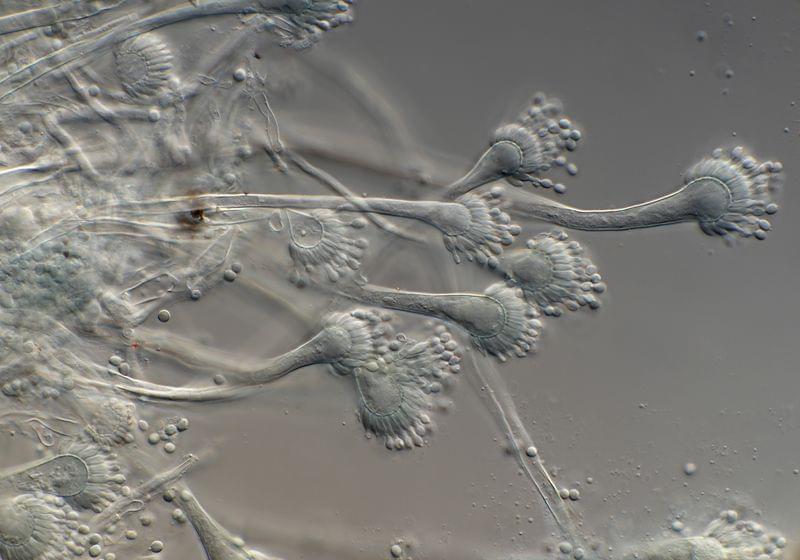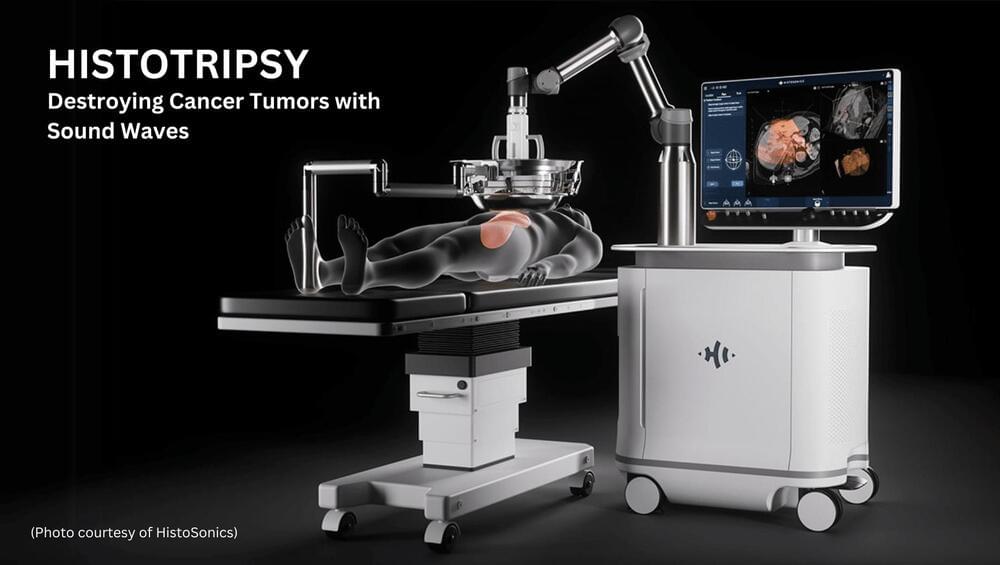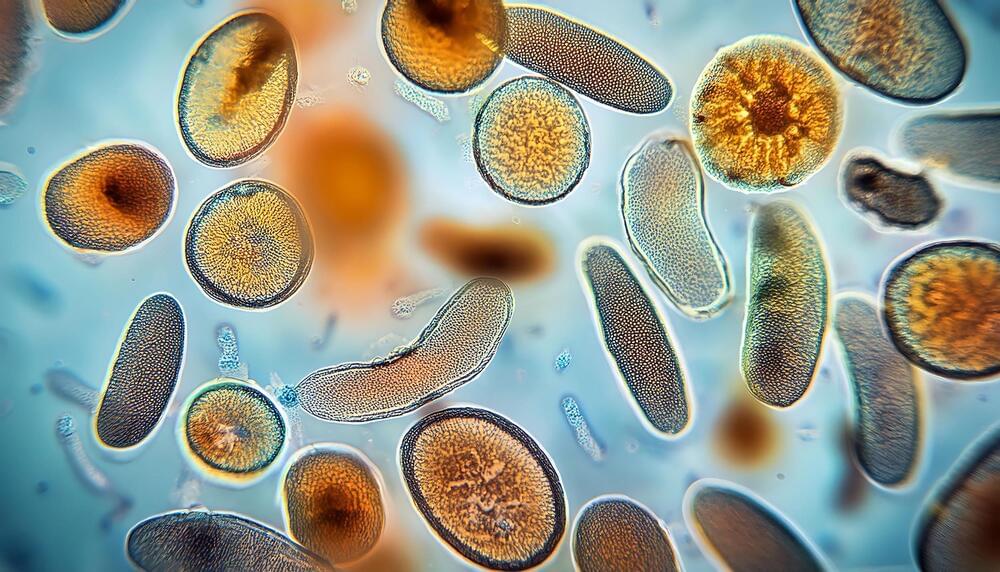Dec 16, 2024
In Photos: See The ‘Cold Moon’ Light Up Christmas Skies In Once-In-18-Years Event
Posted by Genevieve Klien in category: space
The Cold Moon, named for the frigid temperatures of December in the Northern Hemisphere, is also known as the Long Nights Moon, a nod to the extended hours of darkness this time of year.
It’s also called the Moon Before Yule, which refers to ancient Pagan winter solstice celebrations. The Celts also called it the Oak Moon. Native American names for December’s full moon include the Drift Clearing Moon and the Winter Maker Moon.
The next full moon, the Wolf Moon, will rise on Jan. 13, 2025.

















